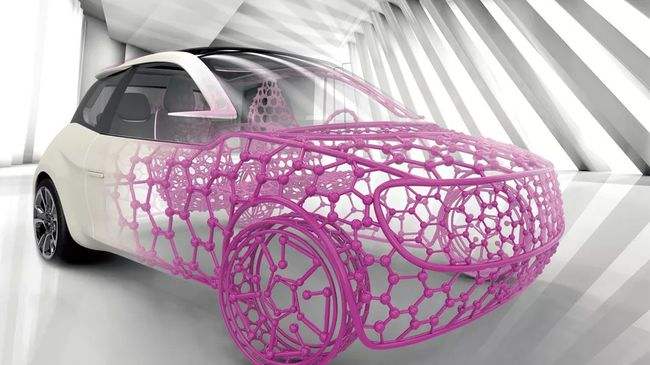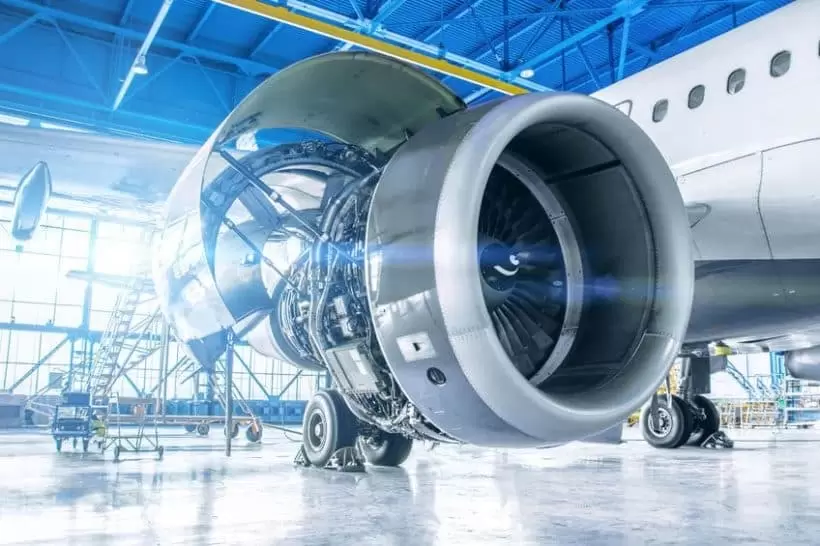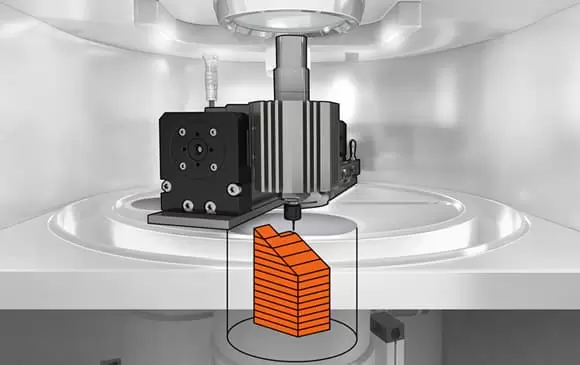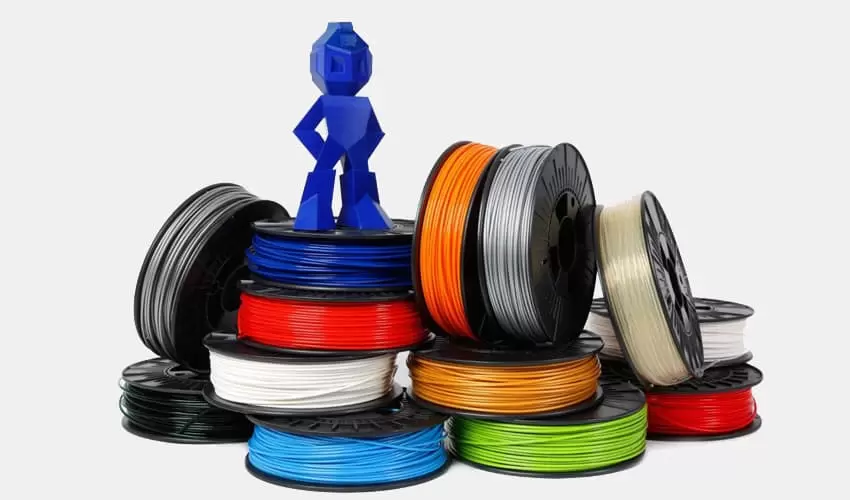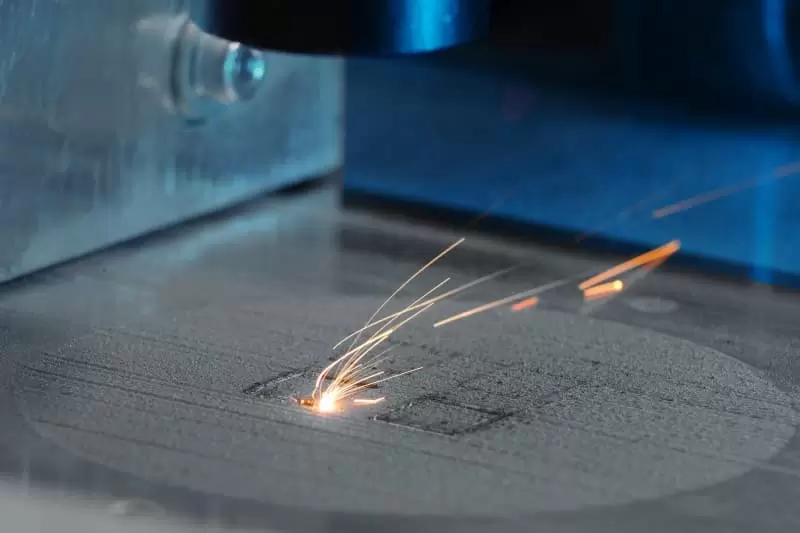| Technical name | material | application |
| FDM- Melt extrusion technology | Thermoplastic wire | Prototype and design validation |
| Polyjet- Light curing rapid prototyping technology | Photosensitive resin | |
| SLM- Selective laser melting technology | Metal powder | |
| SLS- Selective laser sintering technology | Plastic, metal powder | |
| FDM- Melt extrusion technology | Thermoplastic wire | |
| SLM- Selective laser melting technology | Metal powder | automobile body |
| Carbon fiber 3D printing technology | The carbon fiber | |
| FDM- Melt extrusion technology | Thermoplastic wire | |
| Polyjet- Light curing rapid prototyping technology | Photosensitive resin | The car interior trim |
| SLS- Selective laser sintering technology | Plastic, metal powder | |
| FDM- Melt extrusion technology | Thermoplastic wire | Car seat |
| SLS- Selective laser sintering technology | Nylon powder | |
| Graphene 3D printing technology | graphene | capacitance |
| SLM- Selective laser melting technology | Metal powder | Engine, water wheel, radiator and other lightweight parts |
| FDM- Melt extrusion technology | thermoplastic wire |
Introduction
The automotive industry has always been at the forefront of technological advancements, constantly seeking innovative solutions to enhance vehicle performance, design, and efficiency. In recent years, 3D printing technology has emerged as a game-changer in various industries, including automotive manufacturing. The ability to create intricate and customized parts using 3D printing has opened up new possibilities for automotive designers and engineers. In this comprehensive blog post, we will explore the fundamentals of 3D printing technology, delve into the materials used in automotive applications, and discuss the wide range of applications of 3D printing in the automotive industry.
Understanding 3D Printing Technology
3D printing, also known as additive manufacturing, is a process of fabricating three-dimensional objects layer by layer based on a digital model. Unlike traditional subtractive manufacturing methods that involve cutting away material from a solid block, 3D printing builds the object layer by layer, allowing for greater design freedom and complexity.
1. The 3D Printing Process
The 3D printing process typically involves the following steps:
- Design: The process starts with the creation of a digital 3D model using computer-aided design (CAD) software.
- Slicing: The 3D model is sliced into numerous thin layers using slicing software, which generates instructions for the 3D printer.
- Printing: The 3D printer reads the instructions and deposits material layer by layer, gradually building the final object.
- Post-Processing: After printing, the object may require post-processing, such as cleaning, curing, or additional finishing to achieve the desired properties and surface finish.
2. Types of 3D Printing Technologies
Several 3D printing technologies exist, each with its unique characteristics and materials. Some common 3D printing methods used in the automotive industry include:
- Fused Deposition Modeling (FDM): FDM 3D printers use a thermoplastic filament, which is melted and extruded through a nozzle to create layers.
- Stereolithography (SLA): SLA printers use a UV laser to solidify liquid resin layer by layer, resulting in highly detailed and accurate parts.
- Selective Laser Sintering (SLS): SLS printers use a high-powered laser to fuse powdered material, such as nylon or metal, layer by layer.
- Digital Light Processing (DLP): DLP printers use a digital light projector to cure liquid resin into solid layers.
Materials Used in 3D Printing for Automotive Applications
The choice of materials plays a crucial role in the success of 3D printing in the automotive industry. Manufacturers require materials that offer a balance of mechanical properties, durability, and cost-effectiveness. Several materials have proven to be highly suitable for automotive 3D printing applications:
1. Thermoplastics
Thermoplastics, such as ABS, PLA, and nylon, are widely used in FDM 3D printing. They offer excellent mechanical properties and are relatively easy to print. Thermoplastics are used in various automotive components, including prototypes, brackets, and interior parts.
2. Resins
Resins used in SLA and DLP printing offer exceptional detail and surface finish. Automotive designers use resins for creating intricate prototypes, visual models, and parts requiring high precision.
3. Nylon
Nylon is a popular material used in SLS 3D printing. It is known for its strength, flexibility, and resistance to impact and abrasion. In the automotive industry, nylon is used for producing functional prototypes, brackets, and housings.
4. Metal Alloys
Metal 3D printing, particularly using technologies like Direct Metal Laser Sintering (DMLS), enables the fabrication of metal parts with complex geometries. Metal alloys such as aluminum, titanium, and stainless steel are used in automotive applications, including engine components, brackets, and custom parts.
5. Composite Materials
Composite materials, combining different materials like carbon fiber with thermoplastics, offer an excellent strength-to-weight ratio. These materials find applications in lightweight components, including vehicle frames and body panels.
Applications of 3D Printing in the Automotive Industry
3D printing has seen extensive adoption in the automotive industry, transforming the way vehicles are designed, manufactured, and customized. The technology offers several advantages that make it ideal for various automotive applications:
1. Prototyping and Concept Modeling
The rapid prototyping capabilities of 3D printing allow automotive designers to create physical models quickly and cost-effectively. Iterative design improvements are more accessible, leading to accelerated product development cycles.
2. Customization and Personalization
3D printing enables the production of customized automotive components tailored to individual customer preferences. From personalized interior trims to unique exterior accents, 3D printing enhances the overall driving experience.
3. Lightweighting
The ability to create intricate lattice structures and topology-optimized designs facilitates weight reduction in automotive components. Lighter parts contribute to improved fuel efficiency, reduced emissions, and enhanced vehicle performance.
4. Spare Parts Production
3D printing enables on-demand production of spare parts, reducing inventory costs and minimizing vehicle downtime. This is particularly beneficial for classic cars or rare models where traditional spare parts may be challenging to find.
5. Tooling and Jigs
In addition to manufacturing end-use parts, 3D printing is utilized in creating custom tooling, jigs, and fixtures for assembly and production processes. These aids streamline manufacturing operations and enhance efficiency.
6. Rapid Manufacturing
The speed and flexibility of 3D printing make it well-suited for low-volume production runs. Manufacturers can produce small batches of specialized automotive parts without the need for costly tooling.
7. Performance-Optimized Components
With topology optimization and the freedom to create complex geometries, 3D printing allows for the production of performance-optimized automotive components. This includes lightweight engine parts, aerodynamic enhancements, and improved suspension components.
Frequently Asked Questions
Is 3D printing widely used in the automotive industry?
Yes, 3D printing is increasingly adopted in the automotive industry. It is utilized for prototyping, tooling, spare parts production, and even in the manufacturing of end-use parts. The automotive sector recognizes the advantages of 3D printing, and its adoption is expected to continue growing.
What are the benefits of using 3D printing in automotive manufacturing?
The benefits of using 3D printing in automotive manufacturing include accelerated product development, cost-effective prototyping, weight reduction in components, on-demand spare parts production, and customization options for personalized automotive experiences.
What are some of the challenges in implementing 3D printing in the automotive industry?
Implementing 3D printing in the automotive industry poses challenges related to material selection, part strength, production speed, and the integration of 3D-printed components with traditional manufacturing processes. Additionally, ensuring the reliability and safety of 3D-printed automotive components requires rigorous material testing and certification processes.
What is the future outlook for 3D printing in the automotive industry?
The future outlook for 3D printing in the automotive industry is promising. As technology continues to advance, the range of materials and capabilities of 3D printers will expand. This will enable manufacturers to produce even more complex and high-performance components, further integrating 3D printing into the mainstream automotive manufacturing process. The continued adoption of 3D printing in the industry will drive innovation and shape the future of automotive design and production.
Conclusion
3D printing technology has revolutionized the automotive industry, offering a wide range of benefits and applications. From rapid prototyping to customized components and lightweighting, 3D printing has proven to be a valuable tool for automotive designers and engineers. The ability to create complex geometries, optimize designs for performance, and produce spare parts on-demand has transformed the way vehicles are manufactured, leading to increased efficiency, reduced lead times, and enhanced customer experiences.
As research and development continue, and materials and 3D printing technologies advance, we can expect even more significant innovations in the automotive industry. Embracing 3D printing as a key manufacturing method will undoubtedly drive progress and shape the future of automotive engineering and production. The automotive industry's journey with 3D printing has only just begun, and its transformative potential is bound to shape the future of mobility and transportation.
